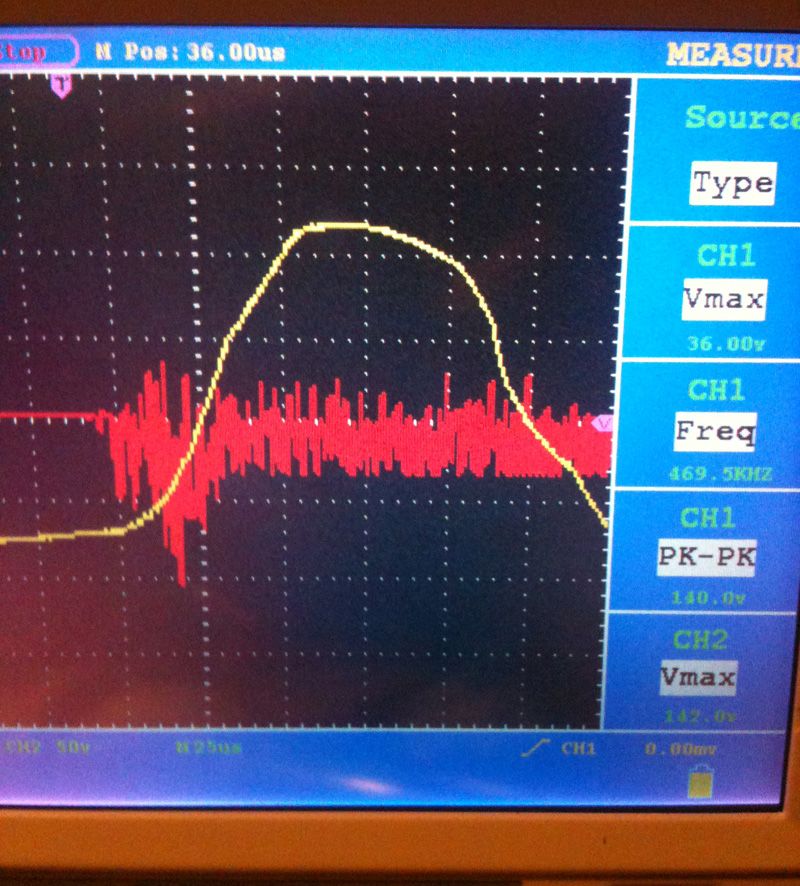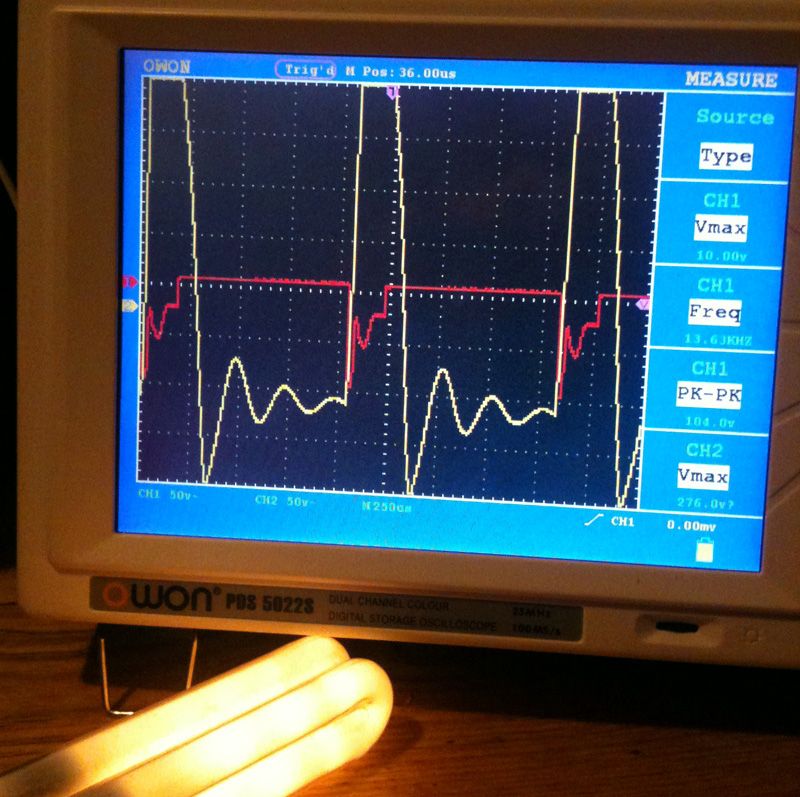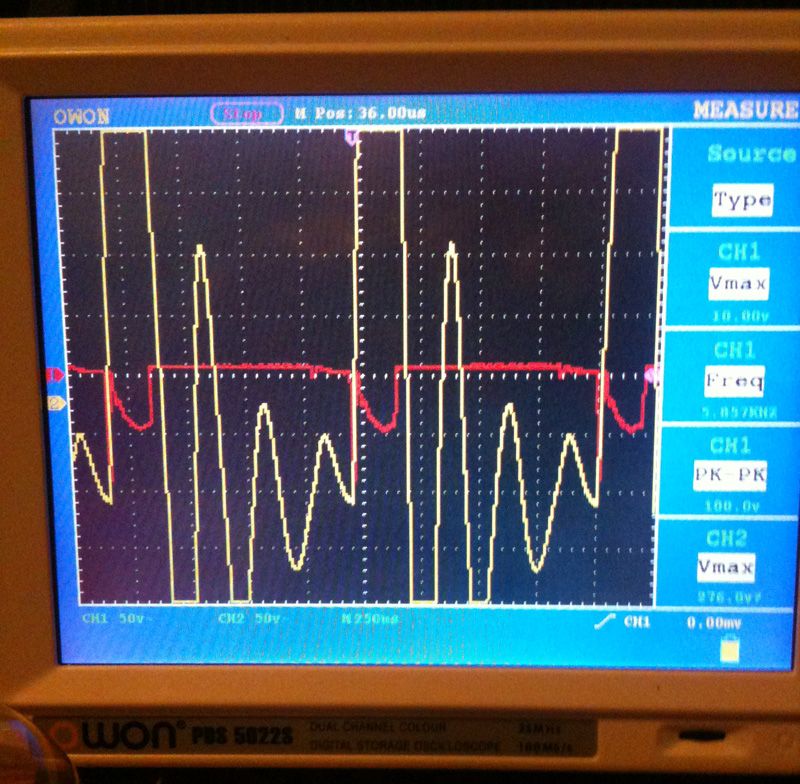We cannot speak of any phase angle here. It is reserved for AC.
We only use this model of a time shift for a full sine wave with a DC offset but not for half sinusoids - it is simply not accurate.
...and nobody seem to notice that feeding primaries with half sinusoids is far from replicating the device anyway...
We only use this model of a time shift for a full sine wave with a DC offset but not for half sinusoids - it is simply not accurate.
...and nobody seem to notice that feeding primaries with half sinusoids is far from replicating the device anyway...






Comment